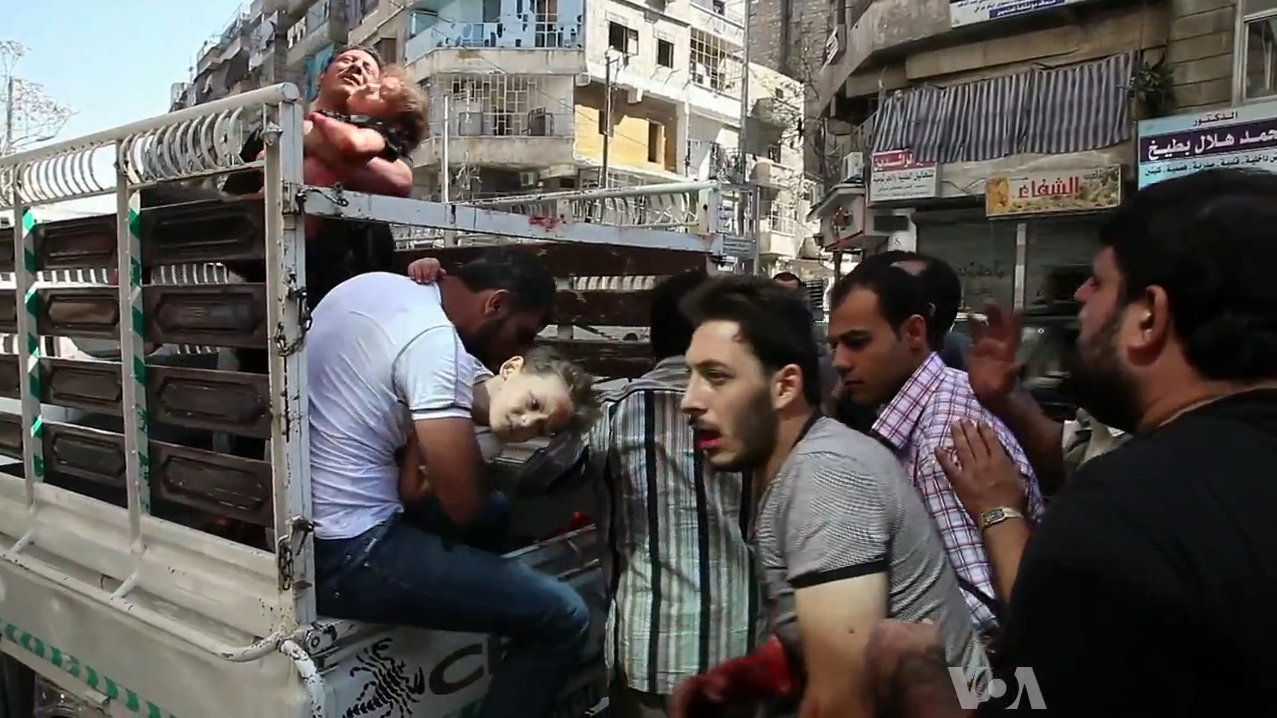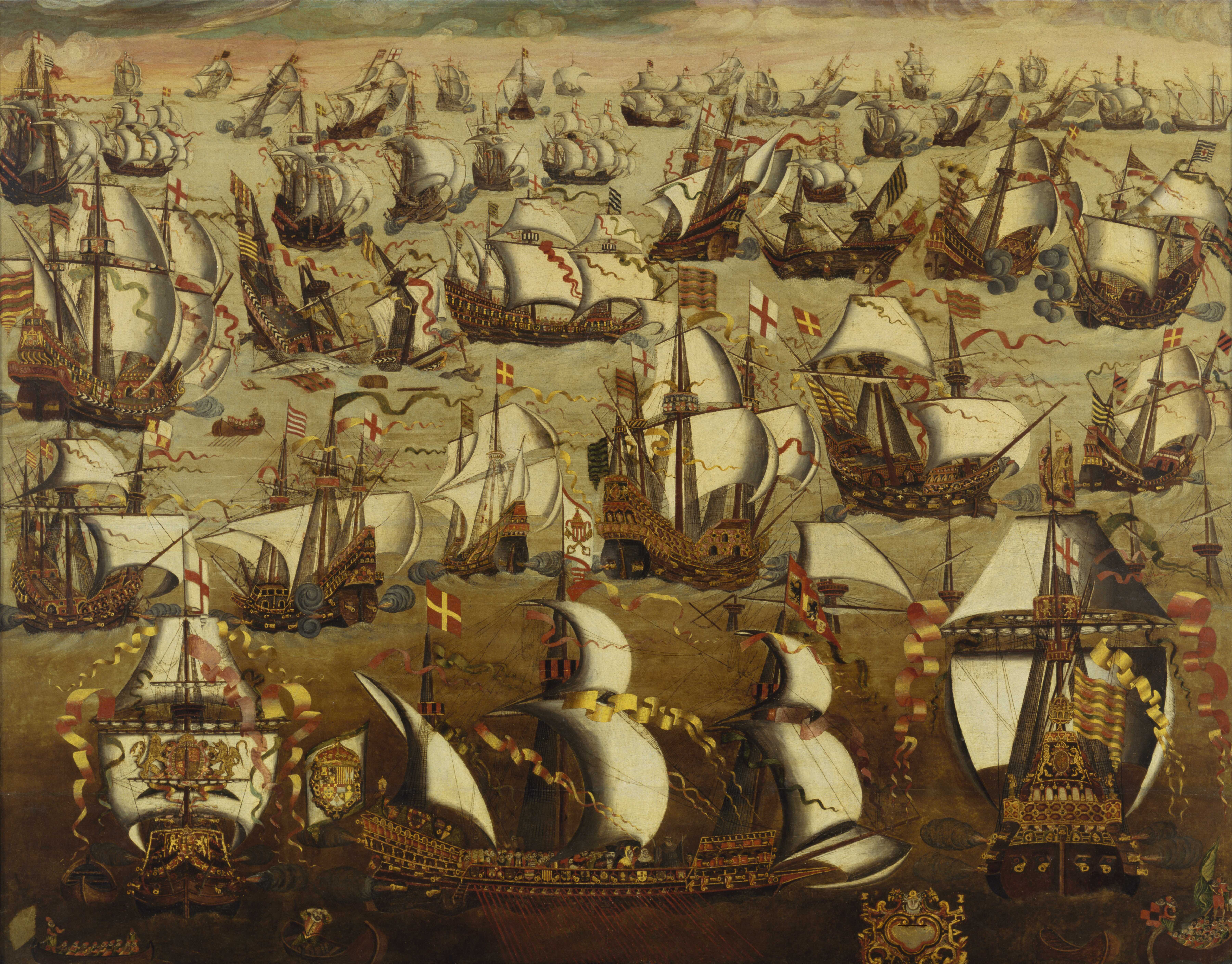|
Boghammer
The ''Taregh'' ( fa, طارق) is a Ship class, class of fast patrol boat used by naval forces of Iran. A Boghammar is a High Speed Patrol Boat for use in coastal patrol. The term ''Boghammar'' originated from the Iranian patrol boats manufactured by the Sweden, Swedish company Boghammar Marin AB during the 1980s used in the Iran–Iraq War and its Tanker War. History In 1983, Iran purchased 50 RL-118 and RL-130 patrol crafts from Boghammar Marin AB for reportedly $10 million. It was the biggest order ever for the shipyard, and was worth almost three times their annual revenues. By February 1987, ''The Washington Post'' reported that the newly-established Navy of the Islamic Revolutionary Guard Corps, Navy of the Islamic Revolutionary Guard Corps began using the boats. According to ''Svenska Dagbladet'', American authorities maintained that Iran acquired at least a further 13 boats by way of Czechoslovakia. Wider use The term boghammar, sometimes spelled boghammer, has also c ... [...More Info...] [...Related Items...] OR: [Wikipedia] [Google] [Baidu] |
IRGC Naval Execise-2015 (3)
The Islamic Revolutionary Guard Corps (IRGC; fa, سپاه پاسداران انقلاب اسلامی, Sepāh-e Pāsdārān-e Enghelāb-e Eslāmi, lit=Army of Guardians of the Islamic Revolution also Sepāh or Pasdaran for short) is a branch of the Islamic Republic of Iran Armed Forces, Iranian Armed Forces, founded after the Iranian Revolution on 22 April 1979 by order of Ayatollah Ruhollah Khomeini.IISS Military Balance 2006, Routledge for the IISS, London, 2006, p. 187 Whereas the Islamic Republic of Iran Army, Iranian Army defends Iranian borders and maintains internal order, according to the Constitution of the Islamic Republic of Iran, Iranian constitution, the Revolutionary Guard is intended to protect the country's Islamic republic Politics of Iran, political system, which supporters believe includes preventing foreign interference and Coup d'état, coups by the military or "deviant movements". The IRGC is designated as a terrorist organization by the governments of Bah ... [...More Info...] [...Related Items...] OR: [Wikipedia] [Google] [Baidu] |
Tanker War
The Tanker War was a protracted series of armed skirmishes between Iran and Iraq against merchant vessels in the Persian Gulf and Strait of Hormuz from 1984 to 1988. The conflict was a part of the larger Iran–Iraq War. Background Prior to 1984, attacks against shipping had occurred, albeit on a much smaller scale. In December 1980, UN Secretary General appealed to Iran and Iraq to ensure the security of peaceful shipping in the Gulf. At that time, Iran assured other countries that it would keep the Strait of Hormuz open. Overview The Tanker War was initiated in 1984 by Iraq. Kuwait and Saudi Arabia supported Iraq against Iran, while the United States The United States of America (U.S.A. or USA), commonly known as the United States (U.S. or US) or America, is a country primarily located in North America. It consists of 50 U.S. state, states, a Washington, D.C., federal district, five ma ... intervened in the conflict in 1986 to "protect" Kuwaiti tankers and sub ... [...More Info...] [...Related Items...] OR: [Wikipedia] [Google] [Baidu] |
Oil Platform
An oil platform (or oil rig, offshore platform, oil production platform, and similar terms) is a large structure with facilities to extract and process petroleum and natural gas that lie in rock formations beneath the seabed. Many oil platforms will also have facilities to accommodate the workers, although it is also common to have a separate accommodation platform bridge linked to the production platform. Most commonly, oil platforms engage in activities on the continental shelf, though they can also be used in lakes, inshore waters, and inland seas. Depending on the circumstances, the platform may be fixed Platform, fixed to the ocean floor, consist of an artificial island, or floating oil production system, float. In some arrangements the main facility may have storage facilities for the processed oil. Remote subsea wells may also be connected to a platform by flow lines and by umbilical cable, umbilical connections. These sub-sea facilities may include of one or more subsea ... [...More Info...] [...Related Items...] OR: [Wikipedia] [Google] [Baidu] |
Offshore Construction
Offshore construction is the installation of structures and facilities in a marine environment, usually for the production and transmission of electricity, oil, gas and other resources. It is also called maritime engineering. Construction and pre-commissioning is typically performed as much as possible onshore. To optimize the costs and risks of installing large offshore platforms, different construction strategies have been developed. One strategy is to fully construct the offshore facility onshore, and tow the installation to site floating on its own buoyancy. Bottom founded structure are lowered to the seabed by de-ballasting (see for instance Condeep or Cranefree), whilst floating structures are held in position with substantial mooring systems. The size of offshore lifts can be reduced by making the construction modular, with each module being constructed onshore and then lifted using a crane vessel into place onto the platform. A number of very large crane vessels ... [...More Info...] [...Related Items...] OR: [Wikipedia] [Google] [Baidu] |
Mortar (weapon)
A mortar is usually a simple, lightweight, man-portable, muzzle-loaded weapon, consisting of a smooth-bore (although some models use a rifled barrel) metal tube fixed to a base plate (to spread out the recoil) with a lightweight bipod mount and a sight. They launch explosive shells (technically called bombs) in high-arcing ballistic trajectories. Mortars are typically used as indirect fire weapons for close fire support with a variety of ammunition. History Mortars have been used for hundreds of years. The earliest mortars were used in Korea in a 1413 naval battle when Korean gunsmiths developed the ''wan'gu'' (gourd-shaped mortar) (완구, 碗口). The earliest version of the ''wan'gu'' dates back to 1407. Choi Hae-san (최해산, 崔海山) (1380–1443), the son of Choe Mu-seon (최무선, 崔茂宣) (1325–1395), is generally credited with inventing the ''wan'gu''. In the Ming dynasty, general Qi Jiguang recorded the use of a mini cannon called the Hu dun pao that ... [...More Info...] [...Related Items...] OR: [Wikipedia] [Google] [Baidu] |
Recoilless Rifle
A recoilless rifle, recoilless launcher or recoilless gun, sometimes abbreviated "RR" or "RCL" (for ReCoilLess) is a type of lightweight artillery system or man-portable launcher that is designed to eject some form of countermass such as propellant gas from the rear of the weapon at the moment of firing, creating forward thrust that counteracts most of the weapon's recoil. This allows for the elimination of much of the heavy and bulky recoil-counteracting equipment of a conventional cannon as well as a thinner-walled barrel, and thus the launch of a relatively large projectile from a platform that would not be capable of handling the weight or recoil of a conventional gun of the same size. Technically, only devices that use spin-stabilized projectiles fired from a rifled barrel are recoilless rifles, while smoothbore variants (which can be fin-stabilized or unstabilized) are recoilless guns. This distinction is often lost, and both are often called recoilless rifles. Though sim ... [...More Info...] [...Related Items...] OR: [Wikipedia] [Google] [Baidu] |
Police
The police are a constituted body of persons empowered by a state, with the aim to enforce the law, to ensure the safety, health and possessions of citizens, and to prevent crime and civil disorder. Their lawful powers include arrest and the use of force legitimized by the state via the monopoly on violence. The term is most commonly associated with the police forces of a sovereign state that are authorized to exercise the police power of that state within a defined legal or territorial area of responsibility. Police forces are often defined as being separate from the military and other organizations involved in the defense of the state against foreign aggressors; however, gendarmerie are military units charged with civil policing. Police forces are usually public sector services, funded through taxes. Law enforcement is only part of policing activity. Policing has included an array of activities in different situations, but the predominant ones are concerned with t ... [...More Info...] [...Related Items...] OR: [Wikipedia] [Google] [Baidu] |
Civilian
Civilians under international humanitarian law are "persons who are not members of the armed forces" and they are not " combatants if they carry arms openly and respect the laws and customs of war". It is slightly different from a non-combatant, because some non-combatants are not civilians (for example, military chaplains who are attached to the belligerent party or military personnel who are serving with a neutral country). Civilians in the territories of a party to an armed conflict are entitled to certain privileges under the customary laws of war and international treaties such as the Fourth Geneva Convention. The privileges that they enjoy under international law depends on whether the conflict is an internal one (a civil war) or an international one. In some nations, uniformed members of civilian police or fire departments colloquially refer to members of the public as civilians. Etymology The word "civilian" goes back to the late 14th century and is from Old Frenc ... [...More Info...] [...Related Items...] OR: [Wikipedia] [Google] [Baidu] |
Asymmetric Warfare
Asymmetric warfare (or asymmetric engagement) is the term given to describe a type of war between belligerents whose relative military power, strategy or tactics differ significantly. This is typically a war between a standing, professional army and an insurgency or resistance movement militias who often have status of unlawful combatants. ''Asymmetric warfare'' can describe a conflict in which belligerents' resources are uneven, consequently they both may attempt to exploit each other's characteristic weaknesses. Such struggles often involve unconventional warfare, with the weaker side attempting to use strategy to offset deficiencies in the quantity or quality of their forces and equipment. Such strategies may not necessarily be militarized. This is in contrast to ''symmetric warfare'', where two powers have comparable military power, resources, and rely on similar tactics. Asymmetric warfare is a form of irregular warfare – conflicts in which enemy combatants are not regu ... [...More Info...] [...Related Items...] OR: [Wikipedia] [Google] [Baidu] |
Navy
A navy, naval force, or maritime force is the branch of a nation's armed forces principally designated for naval and amphibious warfare; namely, lake-borne, riverine, littoral, or ocean-borne combat operations and related functions. It includes anything conducted by surface ships, amphibious ships, submarines, and seaborne aviation, as well as ancillary support, communications, training, and other fields. The strategic offensive role of a navy is projection of force into areas beyond a country's shores (for example, to protect sea-lanes, deter or confront piracy, ferry troops, or attack other navies, ports, or shore installations). The strategic defensive purpose of a navy is to frustrate seaborne projection-of-force by enemies. The strategic task of the navy also may incorporate nuclear deterrence by use of submarine-launched ballistic missiles. Naval operations can be broadly divided between riverine and littoral applications (brown-water navy), open-ocean applications (blue- ... [...More Info...] [...Related Items...] OR: [Wikipedia] [Google] [Baidu] |
Czechoslovakia
, rue, Чеськословеньско, , yi, טשעכאסלאוואקיי, , common_name = Czechoslovakia , life_span = 1918–19391945–1992 , p1 = Austria-Hungary , image_p1 = , s1 = Czech Republic , flag_s1 = Flag of the Czech Republic.svg , s2 = Slovakia , flag_s2 = Flag of Slovakia.svg , image_flag = Flag of Czechoslovakia.svg , flag = Flag of Czechoslovakia , flag_type = Flag(1920–1992) , flag_border = Flag of Czechoslovakia , image_coat = Middle coat of arms of Czechoslovakia.svg , symbol_type = Middle coat of arms(1918–1938 and 1945–1961) , image_map = Czechoslovakia location map.svg , image_map_caption = Czechoslovakia during the interwar period and the Cold War , national_motto = , anthems = ... [...More Info...] [...Related Items...] OR: [Wikipedia] [Google] [Baidu] |
.jpg)
.jpg)
.jpg)





